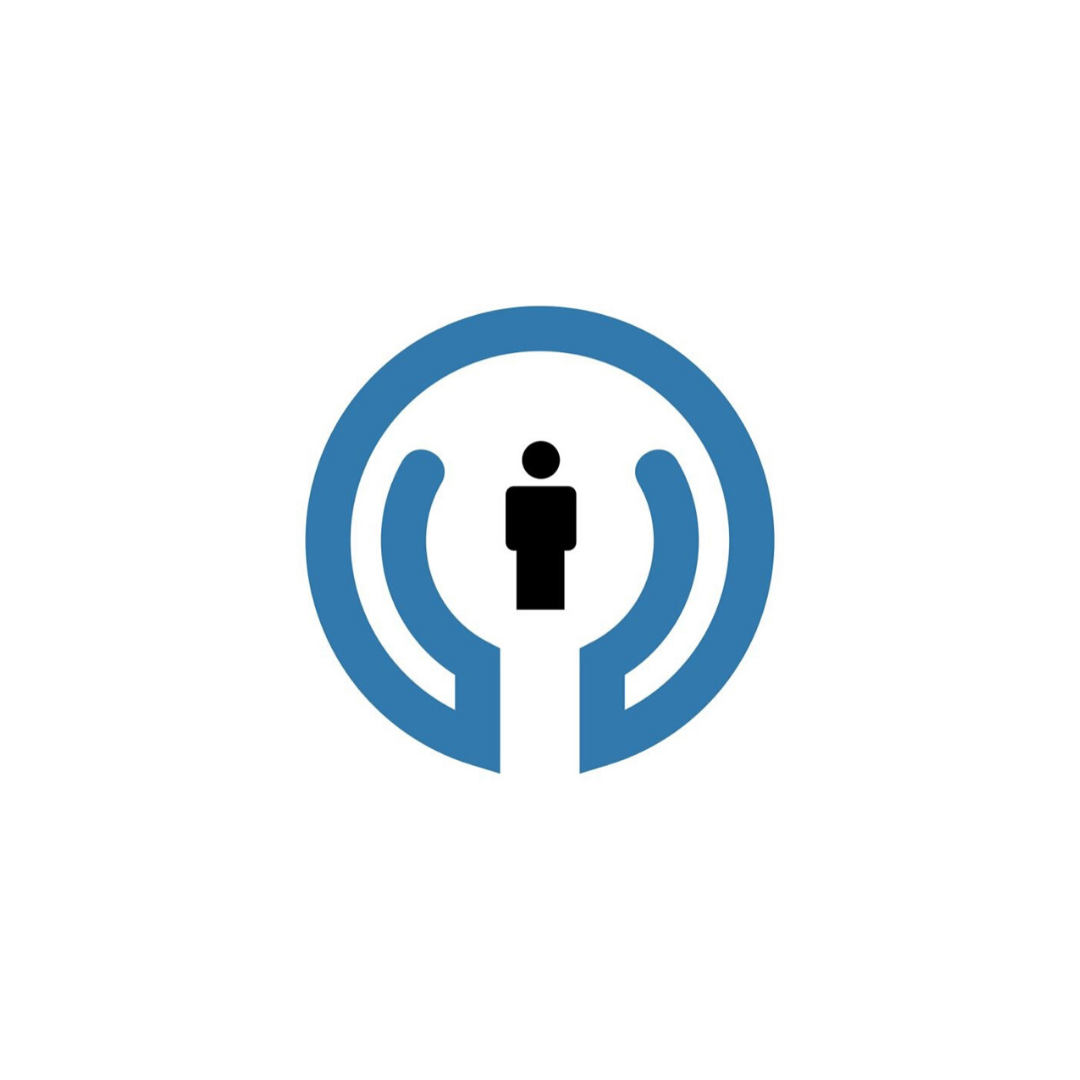Balancing Nutrition and Nausea During Treatment
Maintaining good nutrition during cancer treatment can be challenging — especially when nausea or changes in taste make eating difficult. Yet, staying nourished is one of the most important ways to support your body as it heals and recovers. With a few practical strategies and the right support, it’s possible to find a balance between nourishment and comfort.
Why Nausea Happens During Treatment
Chemotherapy, radiation, and certain medications can irritate the stomach or affect the brain’s nausea center. These changes may make food less appealing, cause strong food aversions, or even alter the way foods taste or smell. For some people, nausea is mild and occasional; for others, it can significantly impact daily meals.
At Hope & Healing Cancer Services, our team understands how important nutrition is during treatment. Our care approach combines medical expertise with compassionate, whole-person support — including strategies to help you manage side effects like nausea while keeping your strength up.
Dietitian-Approved Tips to Ease Nausea and Stay Nourished
Eat small, frequent meals
Instead of three large meals, try eating smaller portions every 2–3 hours. Keeping food in your stomach can help reduce nausea and prevent sudden hunger-related discomfort.Choose mild, easy-to-digest foods
Stick with foods like toast, oatmeal, rice, applesauce, and bananas. Avoid greasy, fried, or spicy dishes, which can worsen nausea.Stay hydrated
Sip water, herbal tea, or electrolyte drinks throughout the day. If plain water triggers nausea, try adding a splash of lemon or using a straw to reduce the taste.Avoid strong odors
Food smells can sometimes increase nausea. Let cooked foods cool before eating, or ask someone else to prepare meals for you when possible.Focus on protein and calories
Try gentle sources of protein like eggs, chicken, nut butter, or smoothies. Blending in ingredients such as yogurt, milk, or protein powder can help boost nutrition without increasing volume.Try cold or room-temperature foods
Warm foods tend to release more odors, which can worsen nausea. Cold foods, like sandwiches or fruit, are often easier to tolerate.Experiment with timing
Eat when you feel your best — for some, that’s early in the day. Don’t force large meals if your appetite is low, but take advantage of moments when you feel hungry.Use integrative therapies
Mindfulness, gentle movement, and complementary services like acupuncture or massage — available through Hope & Healing Cancer Services’ integrative care services — can help relieve stress and nausea symptoms.
When to Call Your Care Team
If nausea or vomiting becomes frequent, keeps you from eating or drinking, or causes weight loss, let your healthcare team know. There are medications and nutritional strategies that can help.
For more dietitian-backed guidance, visit the American Cancer Society’s Nutrition for People with Cancer page or the National Cancer Institute’s tips for eating problems.
Eating during treatment isn’t always easy, but every small step counts. By listening to your body, eating what you can, and leaning on your care team, you’ll give yourself the best support possible during treatment and recovery.
Written By: Carolyn Vandenbroek, MSDM
Reviewed By: Srilata Gundala, MD
Disclaimer: This blog provides general educational information and is not a substitute for medical or psychological advice. Always speak with your healthcare provider and mental health professionals for guidance specific to your situation.
